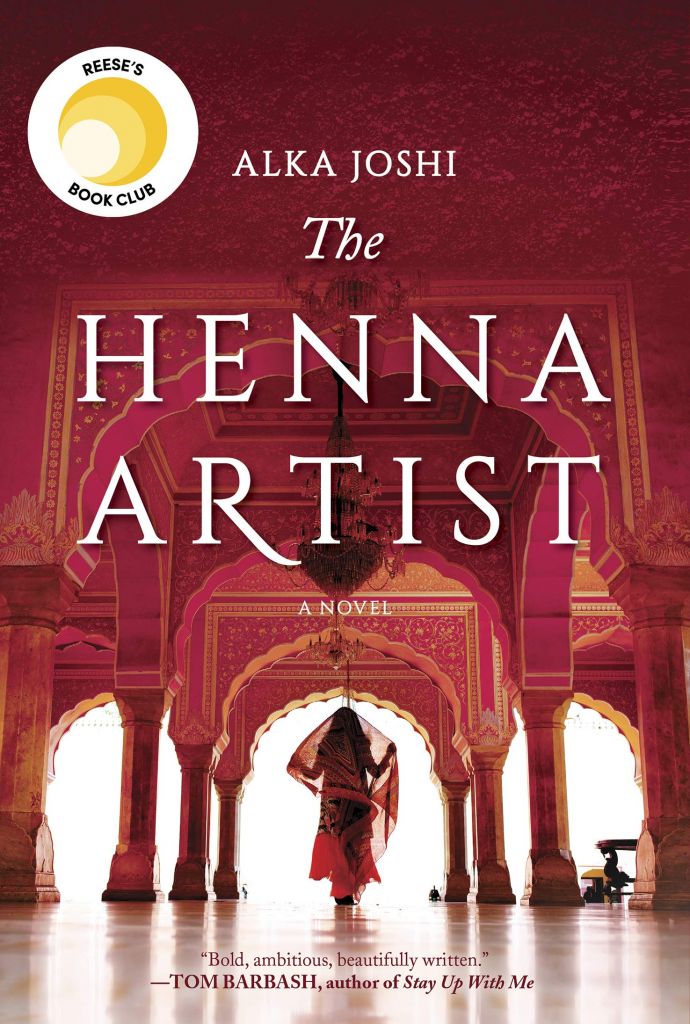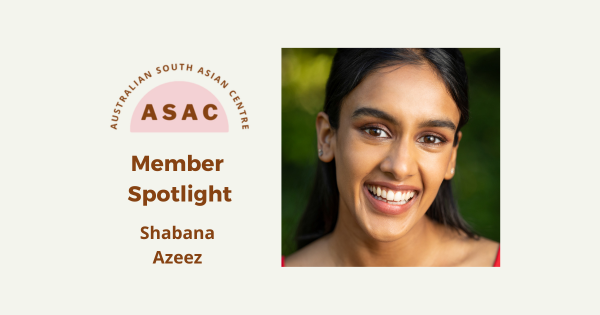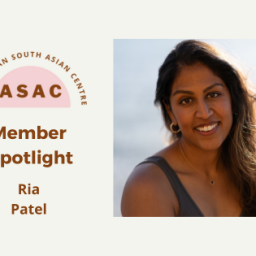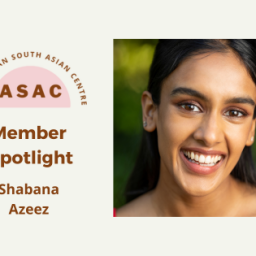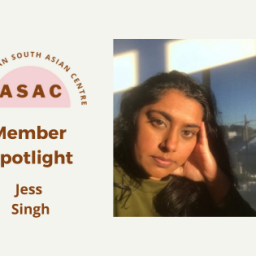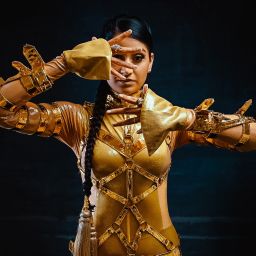What Does Art Do To You?
Meet Deepa Mani, a professional dance performer, teacher, theatre producer and owner of Chandralaya School of Dance, with over 30 years’ experience in both Classical Bharathanatyam & Contemporary styles.
For Deepa, art, dance and movement are a life force, an energy. Here, she shares insights from the classical Indian dance form that she lives by and teaches, and poses a question to readers – ‘what does art do to you?’
Written by Romayne Perera with Deepa Mani
What aspects of your personality and your approach to life will you always fiercely protect?
My authenticity. By that, I mean staying true to myself and my values. Also, my optimism, which keeps me hopeful and positive.
I read in a previous interview that your mum is your great inspiration for your love of dance. What lessons and advice do you carry forward to the way you live life?
I must acknowledge both my parents who played pivotal roles in shaping my journey and guiding me to where I am today.
From them, I learned resilience. I learned not to quit and instead to embrace setbacks as opportunities of growth. Mum was a very passionate individual and would put her heart and soul into everything she put her mind to and that’s stuck with me.
The world of dance, which I have had a lifelong affinity with, thanks to Mum’s early encouragement, opened a creative pathway that became the basis for self-expression, self-knowledge and self-confidence.
By embracing creativity, I am able to focus on my strengths, celebrate my uniqueness and trust in my abilities both on and off the stage.
Can you tell us more about Bharathanatyam and its cultural significance?
I could talk about this for hours!
Bharathanatyam (BN) is one of eight classical Indian dance forms with a deep cultural and historical significance. Originating in the temples of Tamil Nadu in South India, BN has evolved over centuries as both a sacred ritual and a sophisticated art form.
The name “Bharathanatyam” is derived from four key elements: Bhava (expression), Raga (music or melody), Thala (rhythm) and Natya (dance). These elements are intricately woven together to create a rich tapestry of movement, expression, and storytelling. BN refers back to Natyashastra (Natya – Dance and Shastra – Science) is an ancient Indian treatise on the performing arts, particularly focusing on dance, music, and theatre. I call it the encyclopedia for Performing Arts.
BN is characterised by its precise footwork, intricate hand gestures (mudras), facial expressions (abhinaya), and graceful body movements. Dancers often perform to classical Carnatic music, accompanied by vocalists, instrumentalists, and percussionists.
Today, BN continues to serve as a means of celebrating Indian culture, heritage, and spirituality, while also embracing contemporary themes and interpretations.
Personally, BN is a way of life, an inseparable part of my being. It is my source of joy, my therapy in times of turmoil and my ultimate expression of self. It has shaped my identity, my values and my outlook on the world, instilling in me a deep sense of discipline, dedication, and devotion.
You speak beautifully to the importance of intersectionality in artistic disciplines. What biases have you faced stemming from intersectional issues?
As a practitioner of a traditional art form, I’ve frequently encountered stereotypes and misconceptions about South Asian culture and dance. The prime example, Bharathanatyam, being mistakenly associated with Bollywood. While I deeply appreciate and support Bollywood, it’s essential to understand that Bollywood dance has roots in various Indian classical dance forms.
The significance of cultural identity cannot be overstated, especially for immigrant and first/second-generation South Asian populations, often grappling with issues of cultural identity, assimilation, and belonging as they navigate mainstream Australian society.
This balancing act of multiple cultural identities can present complex and challenging situations. From my personal observation, I firmly believe that engaging in cultural traditions, like dance, can connect and transform individuals to help tackle these issues.
However, the cultural traditions we seek to reconnect with aren’t always accessible; that’s why I opened Chandralaya School of Dance in 2018.
Can you talk about how your creative work, TOUCH, which premiered at Melbourne FRINGE 2023, as well as community building efforts through Chandralaya, bring to the fore conversations around identity, representation, recognition and authenticity?
In my journey, I’ve encountered systemic barriers that impede participation and representation for marginalised communities within the arts. Through collaborative efforts with other genres and arts organisations, I am seeking to bridge this gap, to foster a future steeped in collaboration and an inclusive mindset.
TOUCH is a platform dedicated to just that. It initiates open conversations about unconscious bias and encourages individuals to approach life with open-mindedness. Developed with my creative partner Sheena Chundee, it was a profound experience to unite ballet and Bharathanatyam on stage to demonstrate the enchantment and power of authentic diversity and inclusion.
Our presence at FRINGE provided an ideal setting for open conversations, as merely operating within our own communities won’t suffice. We must cast a wider net, engaging and educating others outside our immediate circles to truly make a difference and bring about positive change.
By sharing the magic of our performances with a broader audience, we hope to inspire greater openness and understanding.
In founding Chandralaya, my vision went beyond merely offering dance classes in Melbourne. I aspired to create a community to empower individuals because I strongly believe addressing systemic challenges requires collective strength. We must unite, speak with one voice and collaborate effectively.
I’m also deeply engaged in influencing representation on boards and advisory committees. My focus is on fostering authentic conversations and driving strategies that prioritise representation and inclusion. Taking a seat at the table enables me to actively contribute to these important discussions and initiatives.
What this all comes down to is summed up so neatly in one of my favourite quotes: “alone we can do so little; together we can do so much.”
How does your day-job as an IT Professional benefit from the creative outlets you have dedicated yourself to?
I’m deeply thankful for my corporate career because in many ways, it complements my pursuit of dance, encouraging consistency. As a dance practitioner, I possess great energy levels, a positive problem-solving outlook and a great memory that has enriched my professional life.
You have done and are doing so much, and I have the sense you don’t intend on stopping anytime soon! So, what’s next for you?
No plans to slow down here! I’ve launched several exciting projects, all focused-on collaboration. Amongst them, TOUCH Ignite, which seeks to create a new genre. We’re also excited to announce that we’ve been selected for the Australian Cultural Fund (ACF) Boost to participate in a matching funds program. ASAC’s support through the community would be invaluable in helping us achieve our goals by making a small donation.
There’s another venture in the works, something big in the representation and inclusivity space. Stay tuned for the big reveal this winter!

Stay curious as to what the wonderful Deepa Mani is up to, as it’s bound to be inspiring, meaningful and game-changing for our community.
Follow Deepa on Instagram: @chandralayadance
Visit her website: chandralaya.com.au


